Mor Joseph-Rivlin
Bilateral Operators for Functional Maps
Jul 30, 2019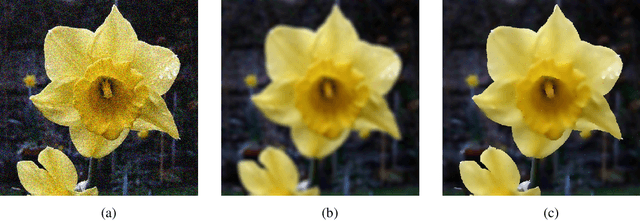
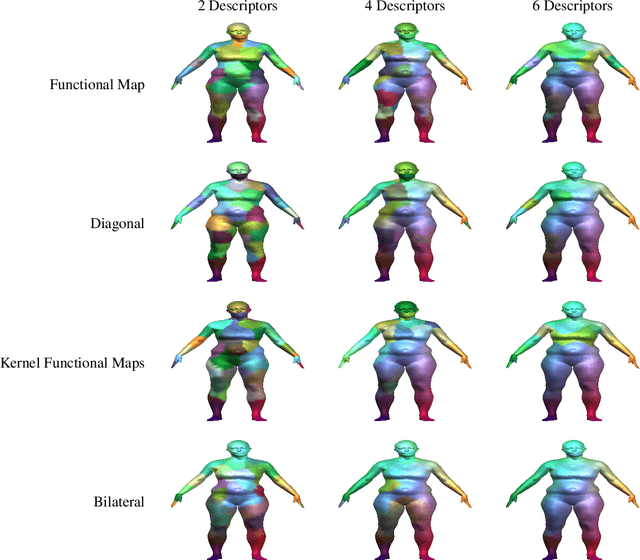

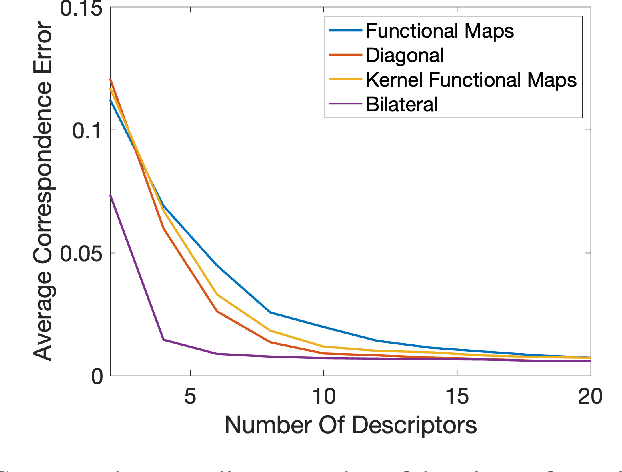
Abstract:A majority of shape correspondence frameworks are based on devising pointwise and pairwise constraints on the correspondence map. The functional maps framework allows for formulating these constraints in the spectral domain. In this paper, we develop a functional map framework for the shape correspondence problem by constructing pairwise constraints using point-wise descriptors. Our core observation is that, every point-wise descriptor allows for the construction a pairwise kernel operator whose low frequency eigenfunctions depict regions of similar descriptor values at various scales of frequency. By aggregating the pairwise information from the descriptor and the intrinsic geometry of the surface encoded in the heat kernel, we construct a hybrid kernel and call it the bilateral operator. Analogous to the edge preserving bilateral filter in image processing, the action of the bilateral operator on a function defined over the manifold yields a descriptor dependent local smoothing of that function. By forcing the correspondence map to commute with the Bilateral operator, we show that we can maximally exploit the information from a given set of pointwise descriptors in a functional map framework.
Mo-Net: Flavor the Moments in Learning to Classify Shapes
Dec 18, 2018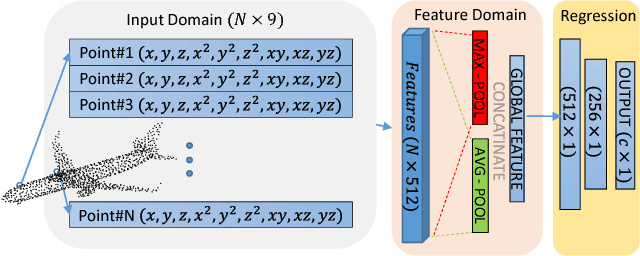
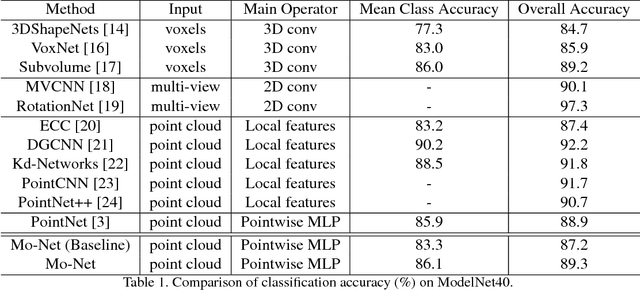
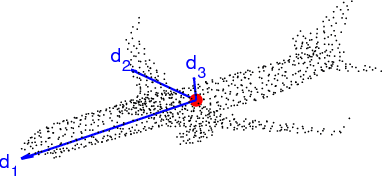

Abstract:A fundamental question in learning to classify 3D shapes is how to treat the data in a way that would allow us to construct efficient and accurate geometric processing and analysis procedures. Here, we restrict ourselves to networks that operate on point clouds. There were several attempts to treat point clouds as non-structured data sets by which a neural network is trained to extract discriminative properties. The idea of using 3D coordinates as class identifiers motivated us to extend this line of thought to that of shape classification by comparing attributes that could easily account for the shape moments. Here, we propose to add polynomial functions of the coordinates allowing the network to account for higher order moments of a given shape. Experiments on two benchmarks show that the suggested network is able to provide more accurate results and at the same token learn more efficiently in terms of memory and computational complexity.
 Add to Chrome
Add to Chrome Add to Firefox
Add to Firefox Add to Edge
Add to Edge